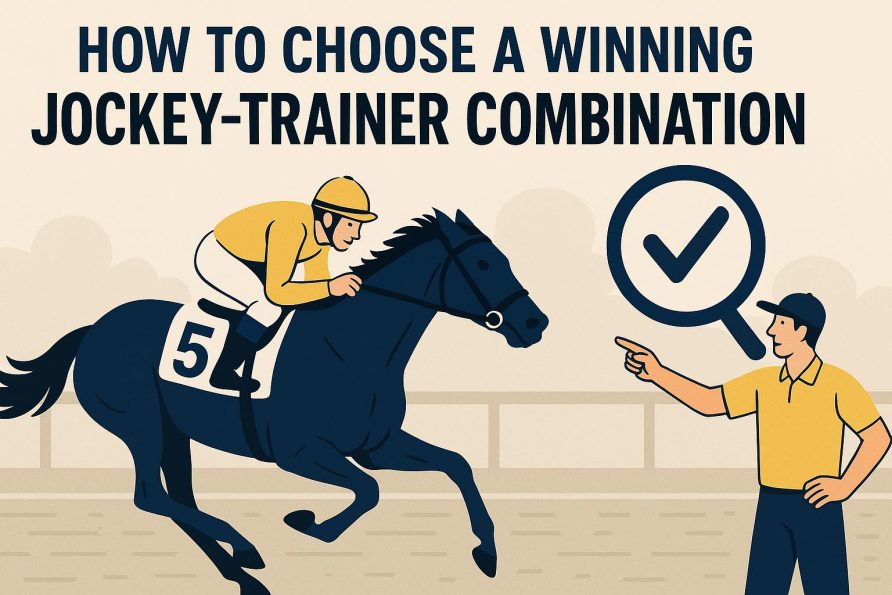The Importance of Workout Times in Predicting Race Performance
Understanding the relationship between workout times and race performance can be crucial for athletes and coaches alike. Data collected from training sessions can provide insights into an athlete’s current fitness level, potential race outcomes, and areas that may need improvement. In this article, we’ll explore how workout times contribute to predicting race performance and what factors must be considered when analyzing this data.
The Value of Consistent Training Data
Maintaining a consistent log of workout times is vital for tracking progress over time. By examining how these times evolve, athletes can identify improvements in speed and endurance. For example, if a runner consistently reduces their time over a fixed distance during training, this may suggest an improvement in their overall race performance. However, it is essential to note that performance in a workout context does not always translate directly to race day conditions.
Factors Affecting Workout and Race Performance
Several factors can impact both workout times and race performances:
1. Environmental Conditions
Weather and terrain can significantly influence workout results. Training under optimal conditions might lead to faster times, whereas harsh weather or challenging courses can lead to unforeseen setbacks.
2. Fatigue and Rest
The athlete’s level of fatigue and quality of rest play a crucial role. Adequate rest is essential for ensuring that an athlete’s body can recover and perform optimally both during workouts and in races.
3. Psychological Factors
Mental state can greatly affect performance. Confidence levels, motivation, and stress can all impact workout times and race outcomes. Often, mental conditioning is an integral part of an athlete’s training regimen.
Analyzing Workout Times for Predictions
Workout times provide valuable data for predicting potential race performance. However, to gain accurate insights, it is vital that this data is used alongside other measurements and performance indicators:
Benchmarking and Performance Metrics
Benchmarking involves comparing an athlete’s current performance against past records, personal bests, or set standards. This process helps in understanding how they measure up and what expectations are realistic for upcoming races. Performance metrics such as pace, heart rate, and perceived exertion during workouts offer a comprehensive view of an athlete’s potential on race day. These metrics, when tracked consistently, can reveal patterns and improvements over time.
Moreover, athletes and coaches often employ advanced tools and apps for deeper insights. Tools like Strava provide detailed analytics and tracking. They allow users to map routes, monitor performance, and even compare results against other athletes. This level of detail offers a richer dataset from which predictions can be formulated.
Interpreting the Data
It’s not enough to simply have the data; understanding what the data signifies is crucial. For instance, fluctuations in an athlete’s pace over time may indicate areas that require more focus or a particular training approach that has been successful. In contrast, any sudden drop in performance might highlight potential health concerns or the need for recovery.
Adapting Training Strategies
By leveraging data-driven insights, athletes and coaches can tailor training regimens to focus on specific weaknesses or capitalize on strengths. For instance, if data suggests that an athlete performs better in flat terrains, a strategy could include more hill training to develop resilience. Similarly, if an athlete tires significantly towards the end of a run, the inclusion of stamina-building exercises might be necessary.
Setting Realistic Goals
Data-driven analysis aids in setting achievable and informed goals for races. Instead of relying on arbitrary targets, athletes can set goals grounded in their actual abilities and training progress, enhancing the likelihood of achieving their personal bests.
Conclusion
In conclusion, while workout times offer valuable data for predicting race performance, they need to be considered as part of a larger array of indicators. Consistent data logging, analyzing environmental and psychological factors, and using advanced tools for deeper insights will provide a more accurate prediction of race outcomes. By focusing on these aspects, athletes and coaches can make more informed decisions regarding training strategies and race expectations.
Understanding these nuances ensures that predictions are as accurate as possible, providing athletes with the confidence to approach race days with the best strategies tailored to their individual needs and circumstances. Ultimately, the fusion of consistent training data, comprehensive analysis, and strategic application contributes significantly to the achievement of optimal race performances.











